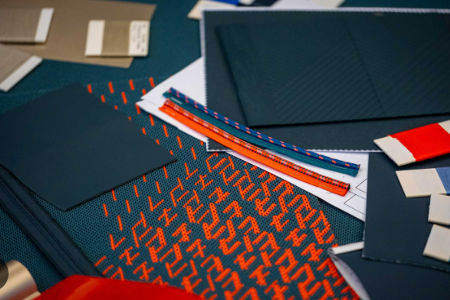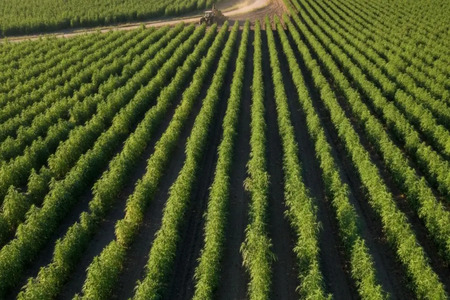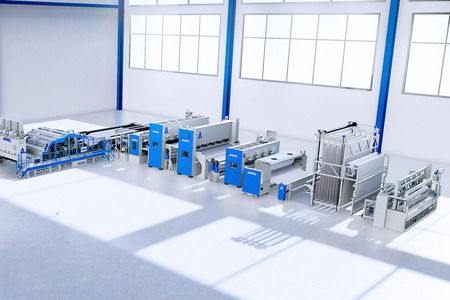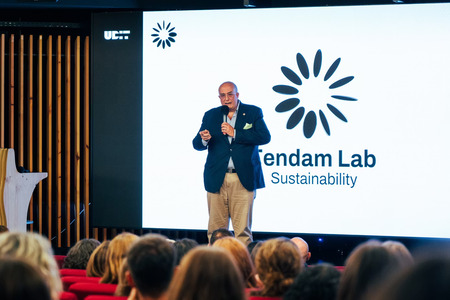
Bangladesh’s legendary textile Muslin needs support for revival
YarnsandFibers News Bureau 2016-02-08 13:00:00 – DhakaMuslin, Bangladesh’s legendary fabric need government support as well as private initiative for revival of the marvellous material and to promote the legendary textile and protect the artisans who weave it, speakers at the “Revival of Muslin: Policies and Institutions†workshop said.
The discussion was chaired by Mustafizur Rahman, executive director of the Centre for Policy Dialogue. Speakers included Industries Secretary Mosharraf Hossain Bhuiyan and Additional Secretary Jamal Abdul Naser Chowdhury.
Researcher and rights activist Hamida Hossain in her address at the Begum Sufia Kamal Auditorium in the Bangladesh National Museum said that a major intervention is needed from the public sector to promote muslin and to protect the livelihood of muslin artisans.
The effort to revive jamdani and muslin, whose manufacture was systematically decimated by the British colonial authorities, is part of a larger process to reclaim the heritage of this textile and to promote brand Bangladesh globally.
The workshop is one of several events this month during Muslin Festival 2016, organised by Drik, Aarong and Bangladesh National Museum.
Artisans and investors alike need government support, preferably through a public-private partnership arrangement, speakers said. One member of the audience suggested that a Tk50 crore fund be set up to support the revival of muslin.
As little was known about the international demand for the textile, research into this was needed. The history of muslin goes back at least a millennium and the fabric’s origins are shrouded in mystery.
Marco Polo described the luxurious fabric in 1298 in his Travels, saying it was made in Mosul in Iraq, from which it was said to take its name.
Others have claimed that the textile was made in the southern Indian coastal town of Masulipatnam. Neither claim has ever been proven.
In the 17th and 18th centuries, Mughal Bengal emerged as the foremost muslin exporter in the world, with Dhaka as capital of the worldwide muslin trade.
In Central Asia, muslin is referred to as “daka,†a reference to Dhaka’s central role in the production and trade of the fabric.
The fine gauze has several commercial applications and is used in cerebrovascular neurosurgery.
In 2013, Bangladesh’s jamdani muslin was included in the list of Masterpieces of the Oral and Intangible Heritage of Humanity by Unesco.
Market Intelligence
Ask for free sample Report

experience
Customer Base
dedicated team
Countries Served Worldwide









